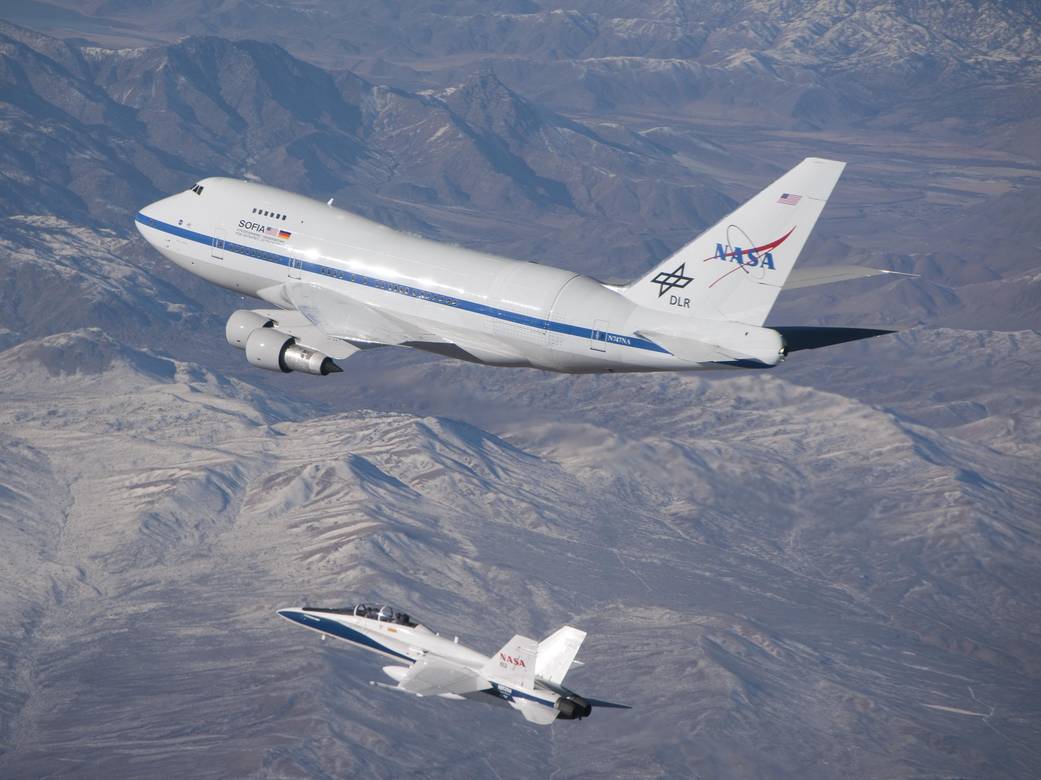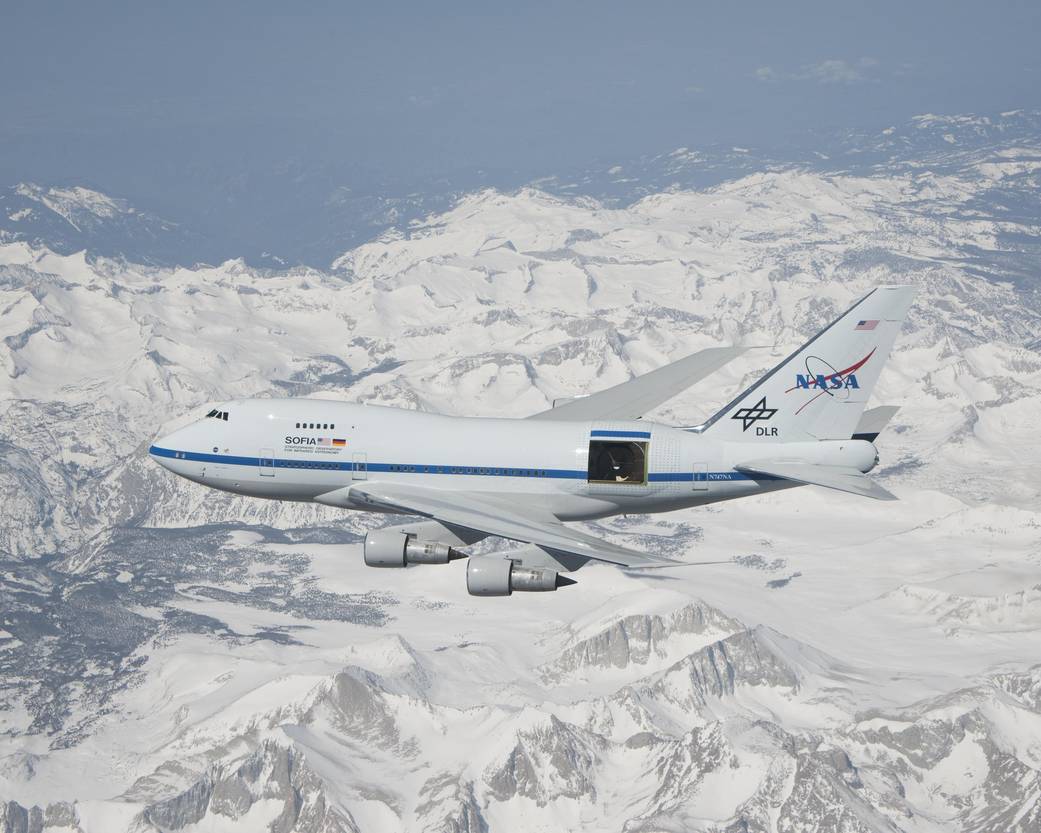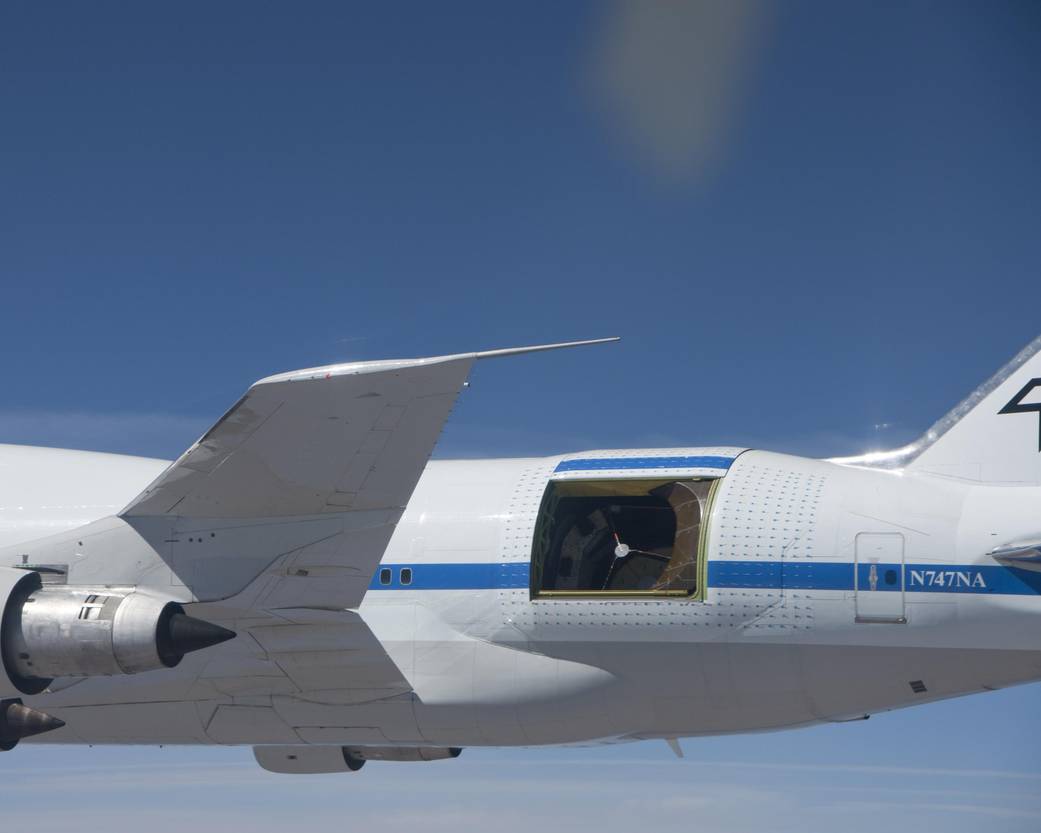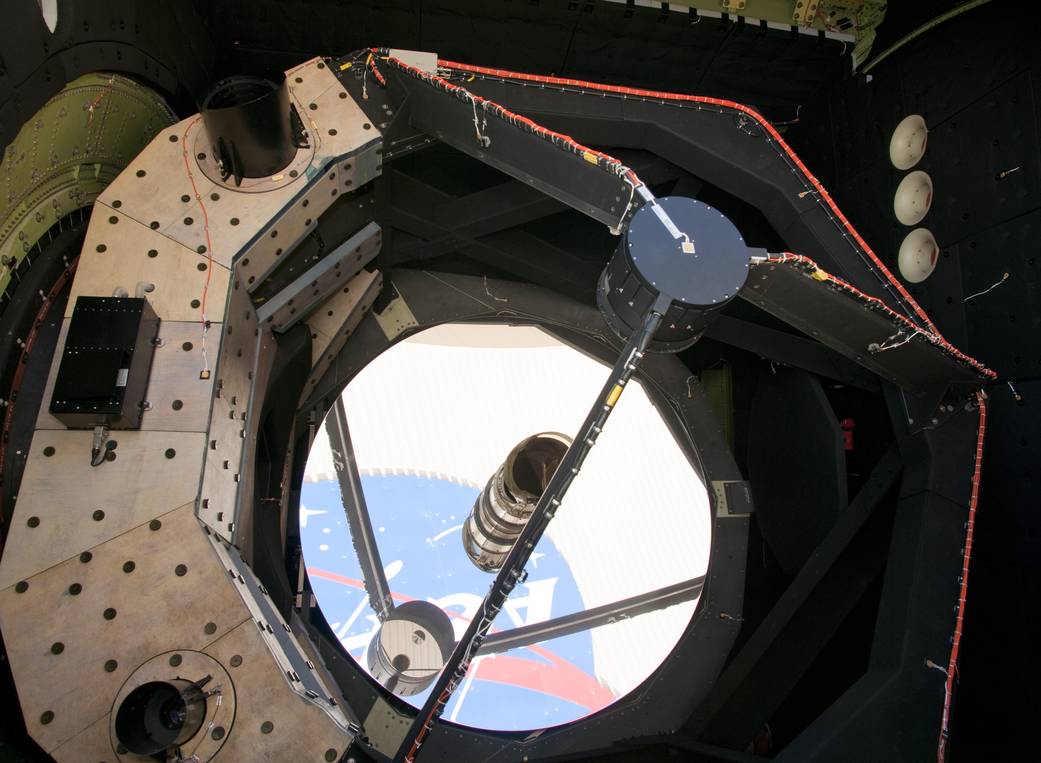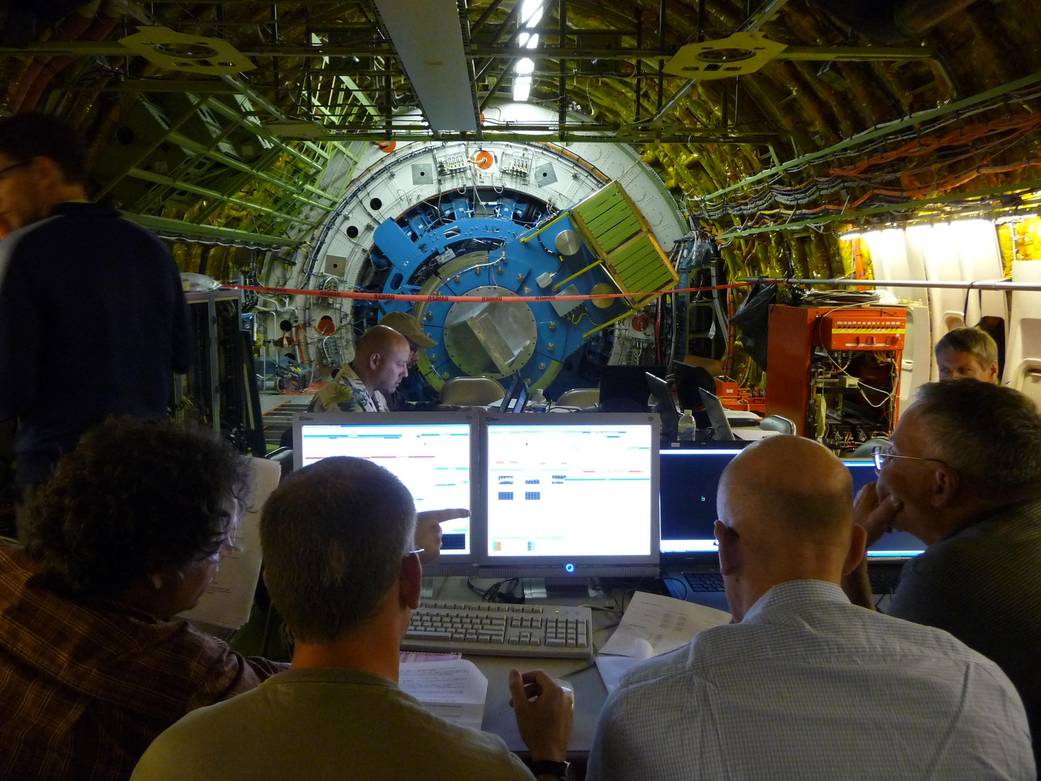SOFIA – Facts About NASA’s Flying Infrared Telescope ✈
Big Eye In The Sky On The Sky!
The Stratospheric Observatory for Infrared Astronomy (SOFIA) is an airborne 2.5m (8.2 ft) telescope which conducts infrared observations from the back of a modified Boeing 747 Jumbo jet. SOFIA is a joint project of NASA and the German Aerospace Center to operate an infrared observatory above the water vapour in Earth’s atmosphere. Despite being late and over budget, SOFIA's telescope made its first observation in late May 2010.
Interesting Fun Facts About SOFIA The Airborne Infrared Observatory
SOFIA, which is largely run by NASA, is the successor to NASA’s previous ‘eye in the sky’; the Kuiper Airborne Observatory and has a planned lifetime of 20-years. SOFIA is by far the most powerful plane based telescope in the world, making observations that even the best ground-based infrared telescopes cannot make due to the water vapour in the atmosphere distorting their observations.
The Boeing 747 aircraft previously flew as a passenger airliner for Pan America and United Airlines before NASA purchased the plane. Pan Am even named the aircraft the Clipper Lindbergh in honour of the famous aviator Charles Lindbergh. From the late 1990’s to 2010, extensive alterations (and testing), were made to incorporate a large 2.5 meters (8.2 ft) reflecting telescope designed specifically for infrared observations and an external door that opens to the atmosphere while in flight above 41,000 ft.
The aircraft is based in California at NASA's Armstrong Flight Research Center, but due to the 747's range, observations anywhere in the world can be made.
SOFIA Studying The Universe In Infrared
Studying the Universe using only visible light (the light you see with your eyes which represents only a small portion of the energy spectrum) reveals only a small portion of the possible ways you can view an object in space, so SOFIA is designed to observe the Universe in the infrared light section of the electromagnetic spectrum (which includes x-rays, infrared, visible light, radio waves etc).
Infrared observatories are especially important as many objects in space don’t even emit visible light (these would appear invisible to our eyes), but emit infrared ‘light’ instead! Another common problem is that gas, debris and dust in space blocks visible light but allows infrared to pass through which SOFIA can then observe! Either way, we need sensitive airborne observatories like SOFIA to get a clear view of these infrared objects!
Some of the more interesting astronomical objects that SOFIA studies are:
- Star birth and death
- Formation of new protoplanetary discs (new Solar Systems!)
- ID interstellar molecules
- Observing the atmospheres of Planets, Comets and Asteroids of our own Solar System, often during occultations
- Nebulae and dust clouds
- Supermassive black holes which reside at the centre of galaxies

